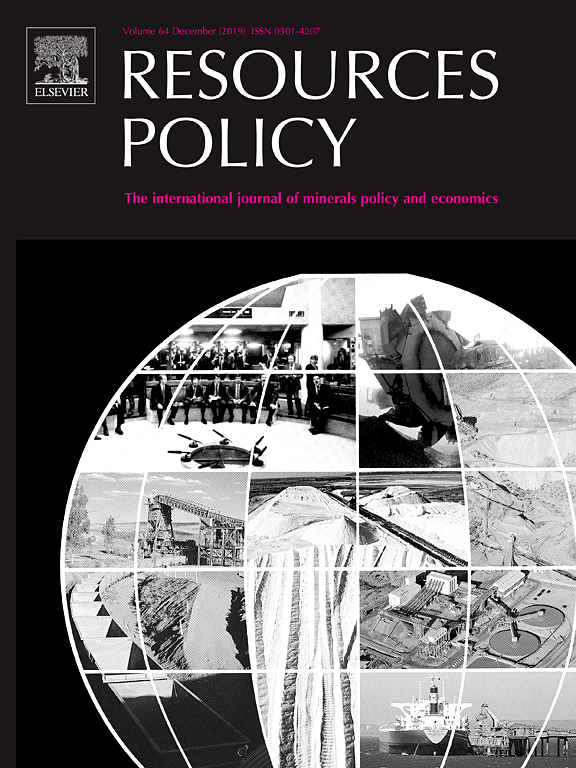Sustainable development principles for the disposal of mining and mineral processing wastes
This paper examines the minerals industry's response to sustainable development in the area of waste disposal and argues that leadership and guidance are still needed to forge collective agreement on norms and standards of practise. To encourage further debate, the paper develops a set of sustainable development principles for the disposal of mining and mineral processing wastes, and discusses the implications for current and future practise. In practise, the principles can guide waste disposal decisions through the consideration of what risk and magnitude, in any given local context, a particular management solution poses to their application. The sustainability challenge in the management of tailings and waste rock is to dispose of material, such that it is inert or, if not, stable and contained, to minimise water and energy inputs and the surface footprint of wastes and to move toward finding alternate uses. Future trends in mining and processing may compound the challenges of waste management, as lower ore grades increase the ratio of waste produced for a given unit of resource, and emphasise the urgency and need for the industry to adopt new approaches. New technologies and innovations, such as thickened tailings, dry stacking and paste backfill, have greatly increased the waste disposal methods available to meet the future challenges to sustainable development.
Publisher: Resources Policy
Region: Global
Type: Research Paper
CITATION
Daniel M. Franks, David V. Boger, Claire M. Côte, David R. Mulligan, Sustainable development principles for the disposal of mining and mineral processing wastes, Resources Policy, Volume 36, Issue 2, June 2011, Pages 114-122, ISSN 0301-4207, 10.1016/j.resourpol.2010.12.001.

